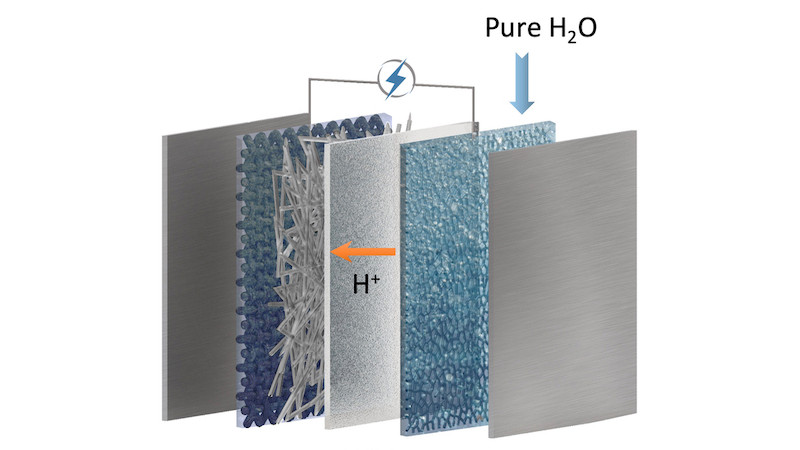A team from the Massachusetts Institute of Technology (MIT) and Harvard University has succeeded in converting CO2 into a sustainable fuel. This is used, for example, to heat apartments and houses.
In order to maintain a high standard of living, we need alternative fuels. Be it for the transportation of people and goods or for the manufacture of products. Without fuel and the associated combustion engines, the world would look very different today. However, many fuels also harbor risks.
This is because combustion usually produces the greenhouse gas carbon dioxide (CO2). This is released into the atmosphere and increases the greenhouse effect. However, researchers from MIT and Harvard University have now found a way to convert CO2 into usable fuel. This apparently has the potential to heat houses or power industrial plants.
Researchers convert CO2 into formic acid fuel
The promising approach is based on the idea of converting CO2 into formic acid. This is because formic acid, like hydrogen, can power a fuel cell and generate electricity in this way. The advantage over previous approaches to converting carbon dioxide is that formic acid is not flammable or toxic.
Transporting and storing the substance is also relatively simple. So far, however, the research team has only achieved the conversion under laboratory conditions. According to their own statements, however, the process should be transferable to large plants. In addition to the advantages of using formic acid, the conversion also has a comparatively high degree of efficiency.
Process achieves efficiency of over 90 percent
Previous methods only achieved an efficiency of less than 20 percent. The research team, on the other hand, achieved an efficiency of over 90 percent in the conversion to formic acid. Instead of first converting the CO2 into a solid form using heat, the team limited itself to the liquid intermediate product. This saves immense amounts of energy.
In order to make the process as sustainable as possible, the use of water, wind or solar energy is recommended. Once the formic acid has been produced and stored, a fuel cell specially designed for this application generates the energy required for heating living spaces or for industry. In this way, new fuel for future processes is created from old greenhouse gases.










